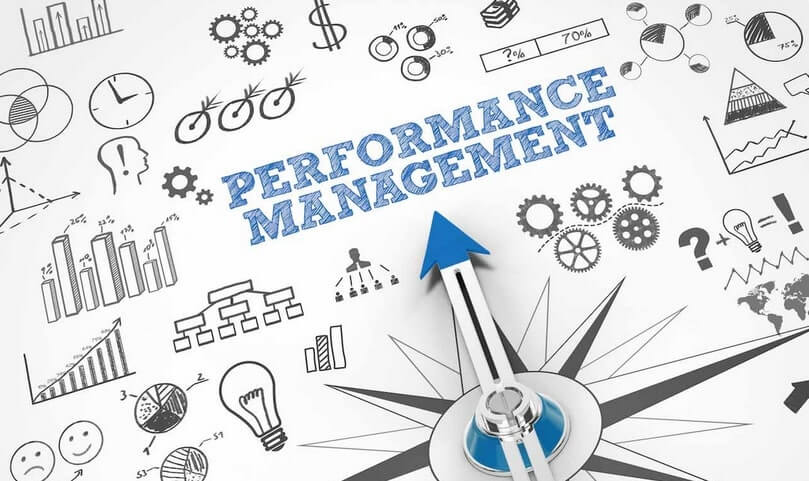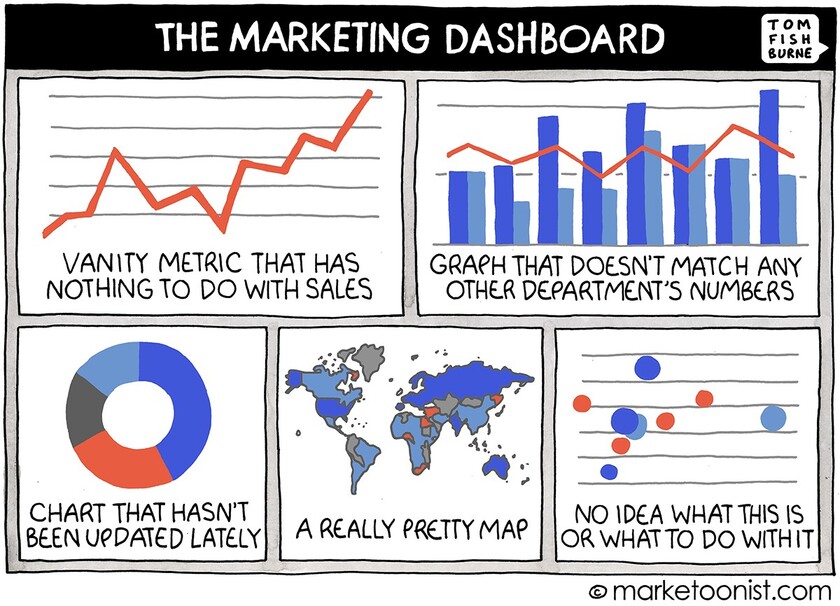Identifying the right Key Performance Indicators (KPIs) is critical for steering your business toward its objectives. While many organizations understand the importance of KPIs, challenges often arise in selecting metrics that are meaningful, actionable, and aligned with strategic goals. This article outlines a practical approach to identify KPIs and explains how to choose KPIs that support business success, drawing on proven methodologies such as those used in KPI Karta.
Why Identifying KPIs Can Be Challenging
Many businesses encounter common pitfalls when selecting KPIs:
- Wasting time on irrelevant metrics that don’t drive business outcomes.
- Lack of consensus on which indicators matter most.
- Unclear connection between daily activities and high-level goals.
- Difficulty adjusting when performance lags.
- Imposed metrics that lack team input and buy-in.
- Confusion about how KPIs contribute to overarching objectives.
Recognizing these challenges is the first step toward building a more effective performance measurement system.
A Structured Process to Identify KPIs
1. Map Out Strategic Goals
Begin by clearly defining your business objectives. These should be specific, measurable, and aligned with your overall mission. For example, increasing customer retention or improving operational efficiency.
2. Visualize Activities and Their Alignment
It’s important to understand how various activities contribute to your strategic goals. Mapping out processes and workflows helps teams see the connection between what they do every day and the outcomes the business is targeting.
3. Collaborate Across Teams
Involving team members in the KPI selection process increases engagement and ensures that chosen indicators reflect on-the-ground realities. Consensus-building also fosters a sense of ownership and accountability.
4. Assign Clear Ownership
Every KPI should have a designated owner responsible for monitoring progress and initiating corrective actions if targets are not met. This improves accountability and project completion rates.
5. Use Data and Technology for Insight
Leveraging data-driven tools and AI can help suggest appropriate strategies and activities based on your unique situation. Automated dashboards and alerts make it easier to track progress and immediately identify areas needing attention.
6. Compare Targets to Actuals
Regularly review performance by comparing targets to actual results. This practice highlights gaps, informs necessary adjustments, and supports continuous improvement.
7. Review and Refine KPIs Regularly
Business environments change, so KPIs should be reviewed and updated periodically to ensure they remain relevant and effective.
How to Choose KPIs That Matter
When deciding how to choose KPIs, consider these best practices:
- Relevance: Select KPIs that directly impact your strategic goals.
- Clarity: Ensure each KPI is clearly defined and easily understood.
- Actionability: Focus on indicators your team can influence.
- Balance: Use a mix of leading (predictive) and lagging (outcome-based) indicators.
- Simplicity: Limit the number of KPIs to those that provide the most value.
Common Reasons KPIs Fail
KPIs may fail to deliver value when they are:
- Outdated and not reflective of current priorities.
- Uninspiring or not motivating for teams.
- Inconsistent or unclear, leading to confusion rather than action.
Benefits of a Thoughtful KPI Process
A structured and collaborative approach to identifying KPIs leads to:
- Greater meaning: KPIs are created with team input and are more relevant.
- More buy-in: Organization-wide agreement on what to measure.
- Increased transparency: Performance metrics are visible to those who need them.
- Better insights: Teams quickly see what’s working and where processes break down.
- Higher engagement: Staff are more likely to embrace KPIs they helped develop.
Conclusion
Learning how to identify KPIs and how to choose KPIs that align with your business strategy is fundamental for effective performance management. By mapping your strategy, involving your team, and leveraging data-driven insights, you can ensure your KPIs drive real business results and continuous improvement.
Start Measuring What Matters
Don’t just track revenue—understand the activities that drive it. With KPI Karta, you can identify KPIs that matter, align your team, and transform your performance management.
Ready to experience the difference?
Sign up for a 14-day free trial and discover how easy it is to map your strategy, identify KPIs, and track your success.






